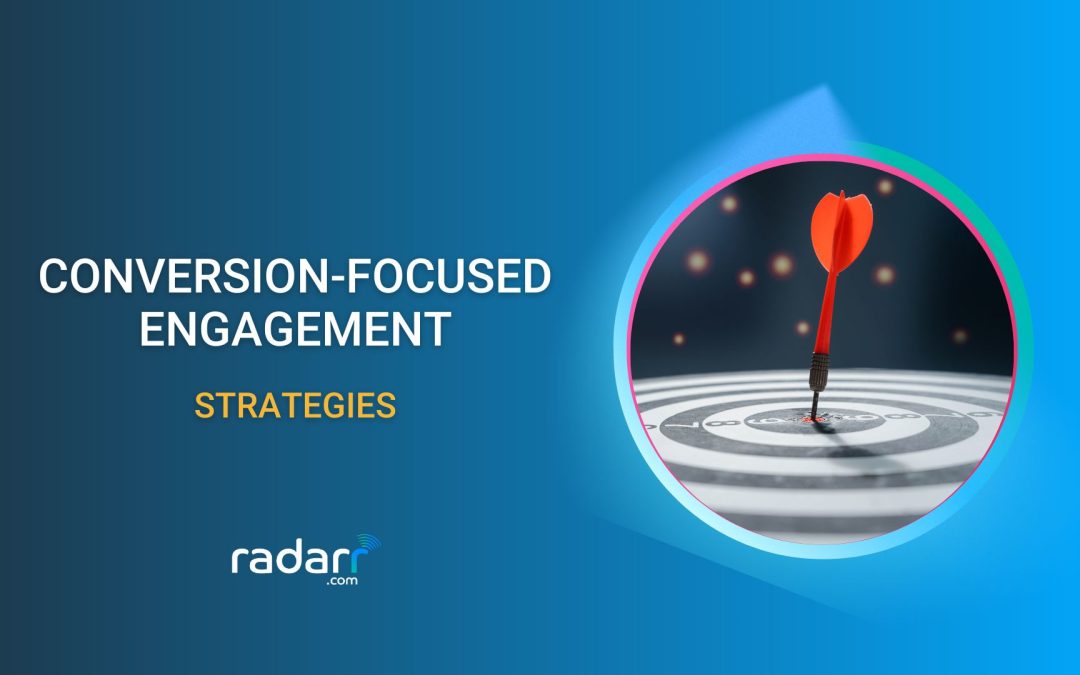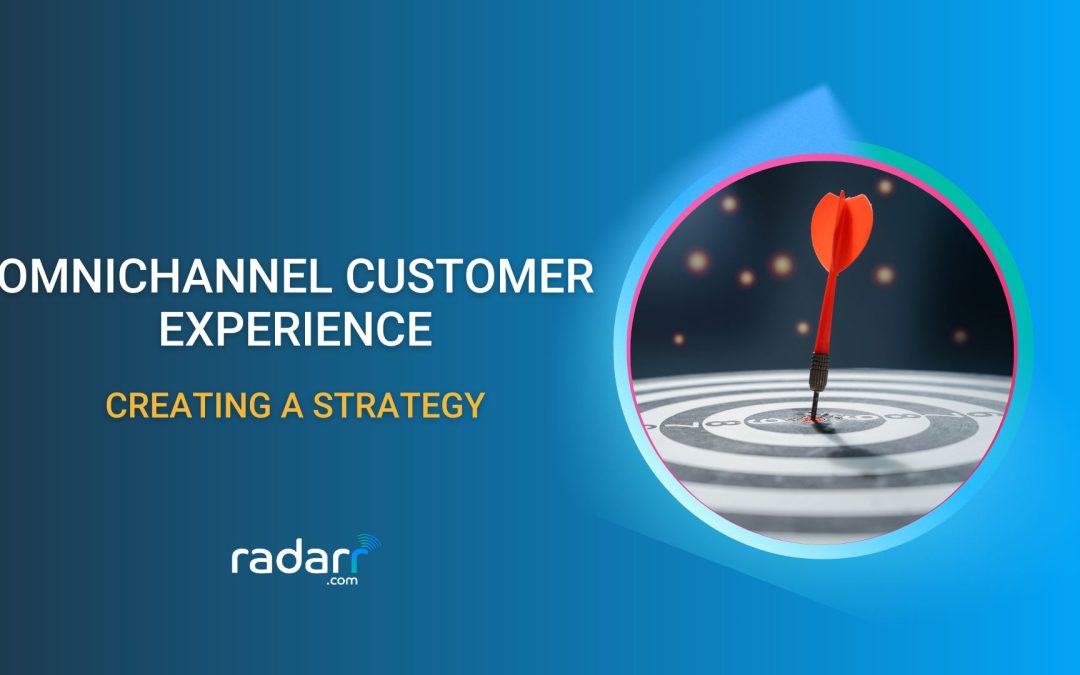Understanding the Optical and Geometric Center
Social media platforms have become a crucial part of our daily lives and an effective way to communicate and share information with friends, family, and the wider public. To stand out in a sea of content, it’s important to make your posts visually appealing, and one way to achieve this is by understanding and using the optical and geometric centre effectively in your pictures.
You should also keep in mind the aspect ratio when you are trying to define the optical and geometric centre in your pictures (The aspect ratio of an image refers to the proportional relationship between its width and height). It is expressed as a ratio of width to height, such as 4:3, 16:9, or 1:1.
Different aspect ratios can affect the way an image is displayed and perceived. For example, a landscape image might look better with a wider aspect ratio (e.g., 16:9), while a portrait image might look better with a taller aspect ratio (e.g., 4:5 or 1:1).
When using images on social media, it’s important to consider the aspect ratio of the platform you’re using. Each platform has its own preferred aspect ratio for images and using the correct aspect ratio can help ensure that your image is displayed correctly and looks as intended.
For example, on Instagram, the preferred aspect ratio for landscape photos is 1.91:1, while the preferred aspect ratio for portrait photos is 4:5. On Facebook, the preferred aspect ratio is 16:9 for landscape photos, while the preferred aspect ratio for portrait photos is 4:5.
By paying attention to the aspect ratio of your images, you can make sure they look their best and convey your message effectively on social media. Below, you can see some examples of how the same image looks in different platforms
Understanding the Optical and Geometric Center
Optical Center
The optical centre refers to the point in an image where the eyes of the viewer are naturally drawn. This is typically where the subject of the picture is placed and is often the point of highest contrast or the area of greatest detail. By placing the subject at the optical centre, you create a visual hierarchy that makes it easier for the viewer to understand what’s most important in the image. Look at the image below for instance.
In this case, most people tend to look at the cupcake first (which is not the center of the image) and then proceed to the name of the brand/product. This is a perfect example of an image with an optical center.
Geometric Center
The geometric centre, on the other hand, refers to the centre of an image in terms of its composition. This is the point where the lines, shapes, and colours in the picture balance each other. Placing the subject at the geometric centre can create a sense of stability and harmony in the image, making it more visually pleasing. Look at the image below for instance.
When improving your social media posts, consider the following tips:
- Experiment with the placement of the subject in the image: Try placing the subject at the optical centre, geometric centre, or somewhere else in the picture. See what works best and what captures the attention of the viewer!
- Use lines, shapes, and colours to guide the eye: By using visual elements like lines, shapes, and colours, you can direct the viewer’s attention to the subject and create a sense of movement in the picture.
- Consider the aspect ratio: Different social media platforms have different aspect ratios (the ratio of width to height) for their images. Make sure your images are optimized for the platform you’re using.
In conclusion, using the optical and geometric centres can help you create visually appealing social media posts that capture the attention of your audience. Experiment with different placement and composition techniques to see what works best for your content.
Radarr Listen allows you to analyze the performance of your visual content and gain valuable insights into what is resonating with your audience. This feature tracks how many people are engaging with each piece of content, such as the number of views, likes, shares, and comments. With this information, you can identify trends and determine which types of content are most popular and effective with your audience. By understanding these trends, you can make informed decisions on what types of content to produce in the future, ensuring that your content remains relevant and engaging for your audience. In this way, Radarr Listen provides a powerful tool for growing your audience and building a successful content strategy.
The Radarr Publish module allows you to publish your content to multiple platforms with ease and convenience. You can publish to various platforms such as YouTube, Facebook, Twitter, and LinkedIn, all from within the Radarr platform. This module also gives you control over the timing of your publication, allowing you to publish your content at the most optimal times for your audience.
You can choose to publish immediately, schedule for a specific date and time, or even set up recurring publishing schedules. This feature saves you time and effort by automating the publishing process and ensuring that your content reaches the maximum number of people. With the Radarr Publish module, you can focus on creating high-quality content while the platform takes care of getting it in front of your audience on multiple platforms.
Sign up now to use the Radarr platform












